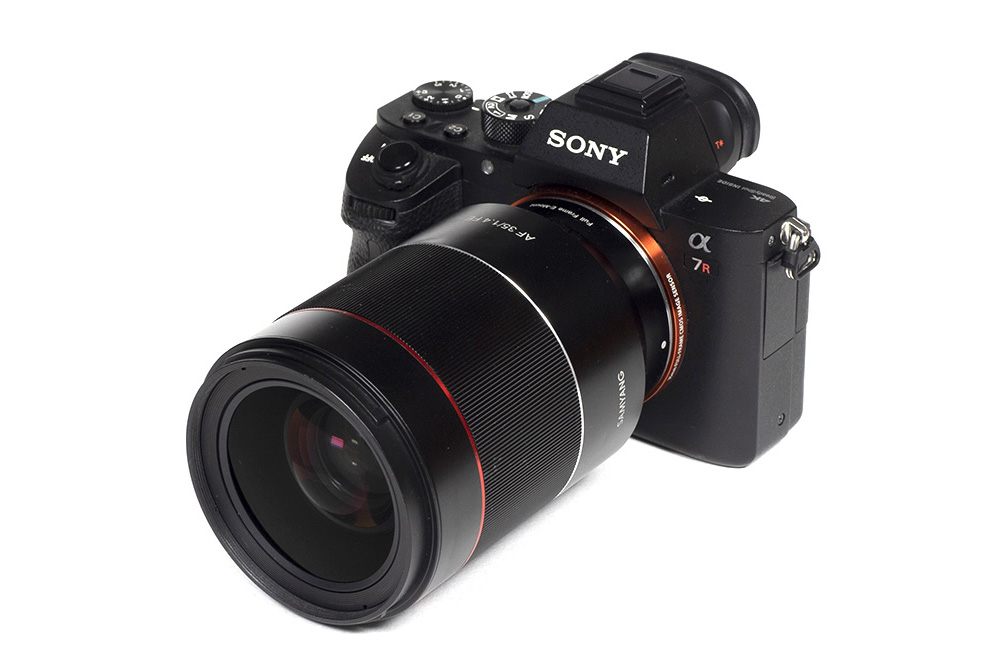
Samyang (aka Rokinon) may not be a household name in the photographic world – yet – but the velocity of new product releases in recent years has been impressive. In fact, they are probably releasing more new lenses than both Tokina and Tamron – combined – albeit their sales volume and overall relevance remain a bit of mystery also because their lenses are sold under various brand names. Anyway, one of the recently released lenses is the Samyang AF 35mm f/1.4 FE. In terms of specs, it competes directly against the Zeiss Distagon T* FE 35mm f/1.4 ZA. That is at less than half the price of the Sony/Zeiss lens or in other words – around 600USD/EUR. That’s almost insanely inexpensive for such a lens and it’s even more affordable than Sony’s FE 35mm f/1.8.
The build quality of the AF 35mm f/1.4 FE is very good. The lens body is made of metal ( aluminum-alloy) including the focus ring. However, it doesn’t feel quite as rock-solid Sony/Zeiss’ own alternative. It’s also not weather-sealed. While it has a slightly matte finish, it is rather slippery. The focus ring operates smoothly. A petal-shaped lens hood is part of the package.

The Samyang lens features a “Dual LSM (Linear Super sonic Motor)” for auto-focusing. Sounds fancy and it does, mostly, deliver. The AF speed is pretty good and it’s near-silent. Manual focusing works by-wire – as usual. The manual focus action is fairly coarse although that’s probably not an issue for most users.
| Specifications | |
|---|---|
| Optical construction | 11 Elements in 9 Groups including 2x aspherical and 2x HR elements |
| Number of aperture blades | 9 (rounded) |
| min. focus distance | 0.30m (max. magnification 1:5.88) |
| Dimensions | 75.9x115mm |
| Weight | 645g |
| Filter size | 67mm |
| Hood | petal-shaped (bayonet mount, supplied) |
| Other features | – |
| Mount | Sony FE |
Distortion
Normally – thus with activated image auto-correction – you won’t really notice any relevant image distortions. In RAW mode, you can spot a barrel distortion of ~2.3% which is a bit on the high side for a prime lens.

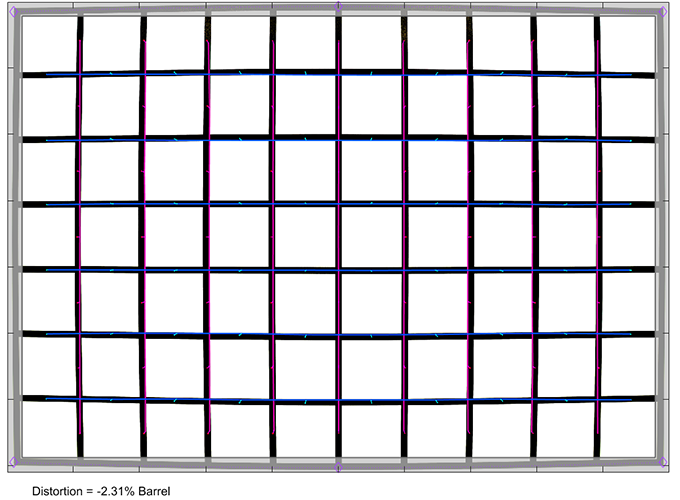
Vignetting
Ultra-fast lenses are always prone to high vignetting on full format sensors. If you use auto-correction it’s not much of an issue (except for the increase in image noise in the corners) although you will still be able to spot a light falloff of ~1.3EV (f-stops) at fully-open aperture Beyond f/1.4 it’s well-controlled.
This is, of course, very different in uncorrected mode. At f/1.4 the vignetting is rather massive in this case (~2.8EV) and still very noticeable at f/2. The situation eases at f/2.8 and it’s good beyond.

MTF (resolution)
Ultra-fast aperture lenses are difficult to design but the Samyang AF 35mm f/1.4 FE shows some surprising qualities in terms of resolution. “Traditionally” fast Samyang lenses had a tendency of being soft at maximum aperture. While the lens isn’t perfect at f/1.4, it’s actually pretty decent. The center resolution is very good and the borders/corners are very useable as well. Stopping down to f/2 lifts the quality dramatically and the results are pretty stunning between f/2.8 and f/8. Diffraction is limiting the performance from f/11 onwards.
The field curvature is low. The centering quality of the tested sample was Okay.
Please note that the MTF results are not directly comparable across the different systems!
Below is a simplified summary of the formal findings. The chart shows line widths per picture height (LW/PH) which can be taken as a measure for sharpness. If you want to know more about the MTF50 figures you may check out the corresponding Imatest Explanations

Chromatic Aberrations (CAs)
Lateral CAs are on a low level with an average CA pixel width between 0.5-0.7px at the image borders.

Bokeh
Sharpness and all that is one thing but you are primarily buying such a fast lens shallow depth-of-field photography. The quality of the bokeh (rendering of the out-of-focus blur) is, therefore, no secondary aspect in this case. The Samyang lens does a good job albeit with a few hiccups.
Out of focus highlights are fairly nicely rendered. At/near the image center, they have a perfect circular shape at f/1.4 and f/2. The inner zone shows a very slight onion-like substructure but it’s hardly noticeable really. The more edgy aperture shape starts to show up from f/2.8 onward.

The quality of the general blur is not ideal. Contrast transitions can be slightly emphasized in the background (shown to the left below) – see “the crown” and the colors are a little washed out. The foreground blur is much smoother.

The circular shape of the discs is, as always, deteriorating towards the corners but it’s actually not too much of an issue as you can see below.
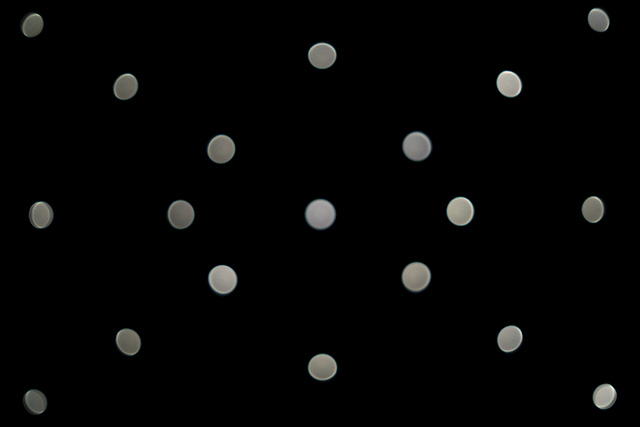
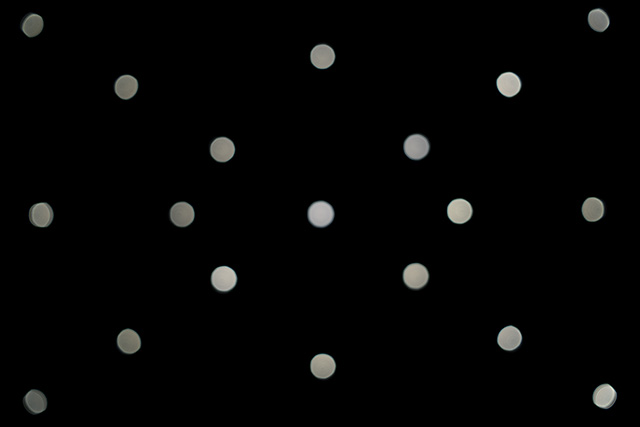
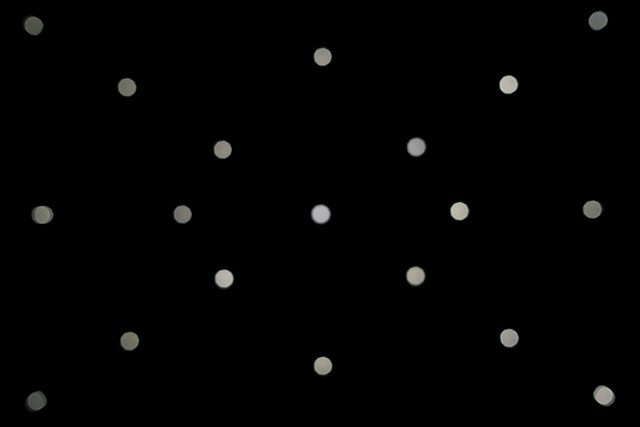
Bokeh Fringing / LoCA
Boheh fringing (sometimes referred to as LoCA) is an axial color fringing effect with purplish halos in front of the focus point and greenish beyond. The Samyang AF 35mm f/1.4 FE has its share of problems with this. They are very pronounced at large-aperture settings and still visible at f/4. Please note, however, that bokeh fringing is a fact of life for most ultra-fast lenses.
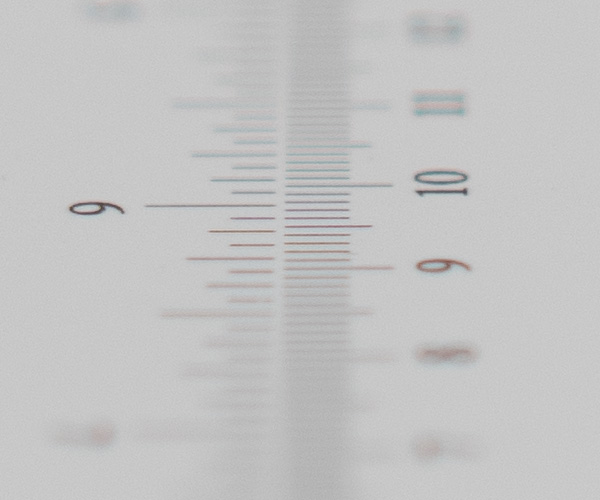


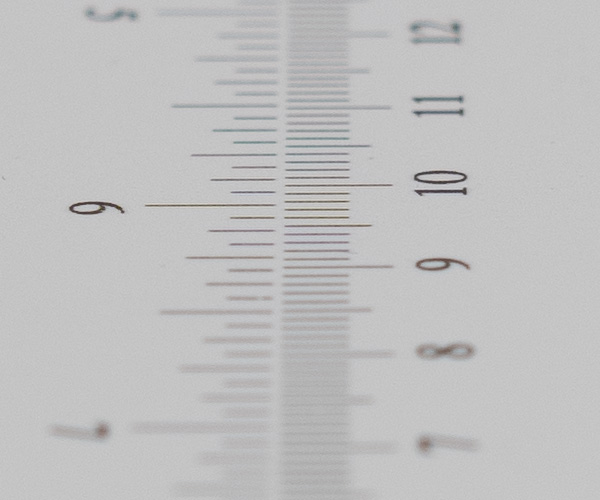
Sample Images
Competition
The Samyang AF 35mm f/1.4 FE (left) faces some stiff competition in its target market. There’s, of course, the Sony/Zeiss Distagon T* FE 35mm f/1.4 ZA. While this one is no slouch either, the Samyang is optically better, less so on the mechanical side. Brand new on the market at the time of this review is the Sigma 35mm f/1.2 DG DN ART. Spec- and price-wise, it is one step up from the two mentioned lenses. It’s also more heavy and bigger. Its f/1.2 max aperture and impressive manufacturer MTFs are quite a statement though. Sigma is also offering a 2nd lens in this class – the Sigma 35mm f/1.4 DG HSM ART – a converted variation of their DSLR lens. Price-wise this is an attractive alternative and it’s an impressive performer as well.

Visual comparison courtesy of camerasize.com.
To be very honest with you - we didn't have the highest expectations but the Samyang AF 35mm f/1.4 FE smashed them - mostly. The resolution is among the best that we have seen in this lens class. It's already sharp at f/1.4 and downright superb from f/2. Lateral CAs are very moderate, less so LoCAs (Bokeh fringing) albeit that's still rather normal these days. Distortions are next to non-existent when using image auto-correction but just on a medium level in RAW mode. Vignetting is visible at f/1.4 even with auto-correction (much more so in RAW mode) but not much of an issue beyond. The quality of the bokeh is good but not brilliant. This is not limited to the Samyang though - the Sony/Zeiss FE 35mm f/1.4 ZA is actually worse in this respect.
The build quality is impressive but stays just short of professional-grade expectations. Namely, weather-sealing is absent and the finish doesn't feel premium. That being said the all-metal construction is solid. The AF speed is fast and it's near-silent. While the focus ring is very smooth to handle, the actual focusing is a bit on the coarse side in manual (by-wire) mode.
Overall Samyang AF 35mm f/1.4 FE represents an outstanding value and it's awesome to see that Samyang aims to provide this level of quality in a high-speed lens to a broader audience. Just watch out for sample variations.
-
Optical Quality
-
Build Quality
-
Price / Performance

